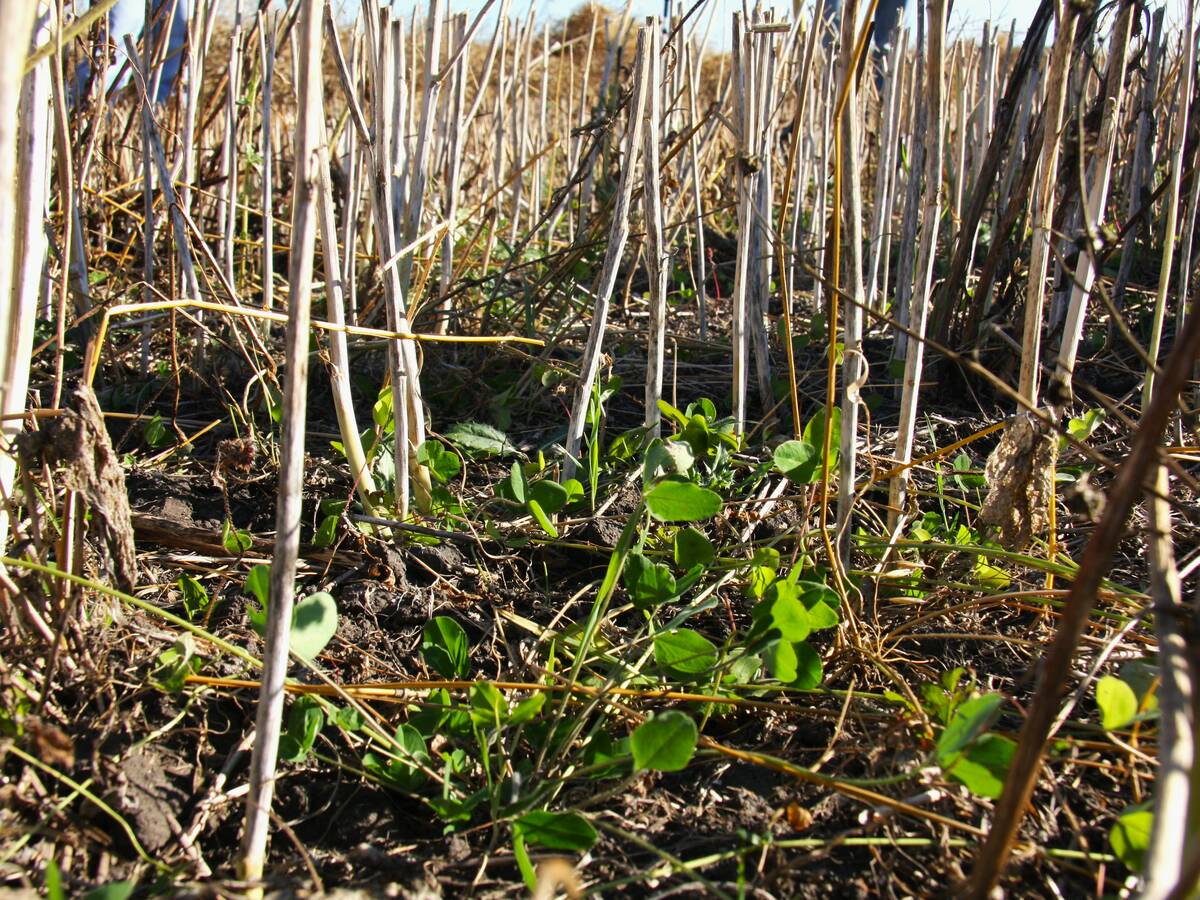For Stephen Morgan-Jones, it’s a simple case of math.
Statistics Canada data indicates that cereal crop yields increase by about 1.2 to 1.3 percent per year. About half of the yield gain comes from improved crop genetics and the other half from crop management and agronomic technology.
Since half of the yield gains come from better agronomy, it’s obvious that agronomic research should receive the same level of attention, said Morgan-Jones, former regional director with Agriculture Canada’s science and technology branch.
“Everybody understands that (plant) breeding research is important,” said Morgan-Jones, who runs a consulting firm in Lethbridge called Amaethon Agricultural Solutions.
Read Also

Saskatchewan project sees intercrop, cover crop benefit
An Indigenous-led Living Lab has been researching regenerative techniques is encouraging producers to consider incorporating intercrops and cover crops with their rotations.
“What I’m saying is, we should probably be investing about the same amount of money in agronomy.”
Right now that isn’t happening in Canada, partly because it’s more difficult to attract private dollars to study things like fertilizer rates and seeding timing. Improved agronomy doesn’t always improve the corporate bottom line. Investment in plant breeding, biotech and developing new seeds is usually more lucrative.
One way around that obstacle is on-farm research, where individual farmers conduct strip trials and pool the collective results.
John Heard, Manitoba Agriculture soil fertility specialist, said wheat producers are embracing the concept.
“I’m not going to slag the Wheat Board… but these new wheat and barley grower associations, they have jumped on board with us (for on-farm research),” said Heard, who did a phone interview while taking soil samples near Carberry, Man.
In April the Manitoba Wheat and Barley Growers Association said it’s seeking growers to participate in on-farm tests in 2016. On-farm trials will evaluate the efficacy of three fertility practices for wheat: controlled release nitrogen, supplemental nitrogen rates and post-anthesis nitrogen.
Agronomy coaches, from government or industry, will guide farmer participants through the trials.
“Our target is 30 on-farm tests this year,” said Heard, who added that agronomic research isn’t keeping pace with wheat breeding.
“We’re trying to play catch up… because farmers are wanting to grow these grow these varieties that will produce 80 to 100 bushels per acre…. (But) we don’t have the (agronomic) recommendations to get them there.”
The Manitoba Pulse and Soybean Growers Association has recruited producers to do on-farm research for about five years. In 2014 the association officially launched its on-farm research network. The replicated strip trials have been a success, as pulse growers have collectively studied things like seeding rates for soybeans, harvest methods for pinto beans and row spacing for soybeans.
Occasionally, growers are interested in testing a certain fertilizer practice or fungicide, separate from a trial. But the power of on-farm research comes from sharing the data, Heard said.
“(Farmers) say I’m going to try something else. That’s good. That means you will find out something (about) your farm, for that year,” he said. “But I don’t have time to spend (on that)…. I need to move the industry forward, not an individual farmer forward. The only way we move the industry forward is by pooling these results.”
For more information on the Manitoba Wheat and Barley Association and its on-farm research, go to: http://www.mbwheatandbarley.ca/research-projects/















